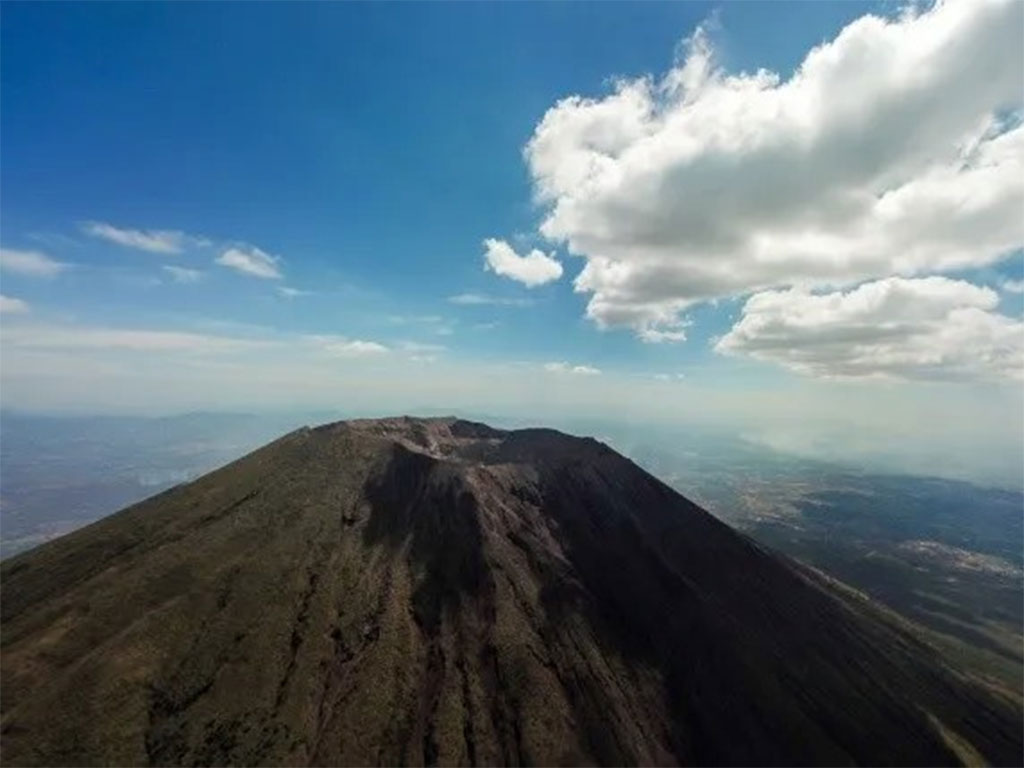Of these phenomena, San Miguel (Chaparrastique), in the homonymous department, in the east of the country, is the most dangerous and therefore remains under constant monitoring.
San Miguel is followed by the volcanoes of Santa Ana and Izalco (Sonsonate), San Salvador, the Ilopango lake caldera, the Agua Shuca caldera, the Conchagüita volcano (La Union), San Vicente, Tecapa and El Hoyon, as the other most dangerous active volcanoes.
MARN’s volcanology coordinator, Jacqueline Rivera, explained that these mountains have peculiar characteristics such as San Vicente, which has two peaks, Conchagüita, which has two craters at the summit, and the San Salvador complex, which gathers several volcanoes, including El Boquerón.
The expert pointed out that seismic activity, fumarole presence, and anomalous temperatures are monitored to determine if a volcano is active.
According to MARN records, the Chaparrastique volcano (San Miguel) has the highest volcanic activity, ash emission, and presence of earthquakes.
The expert remarks that El Salvador has soil in which almost 99 percent of its composition is volcanic material and “we cannot ignore that we live in a country where a volcanic eruption, an earthquake, and a hurricane can occur at the same time”, she said.
jrr/abo/mem/lb









